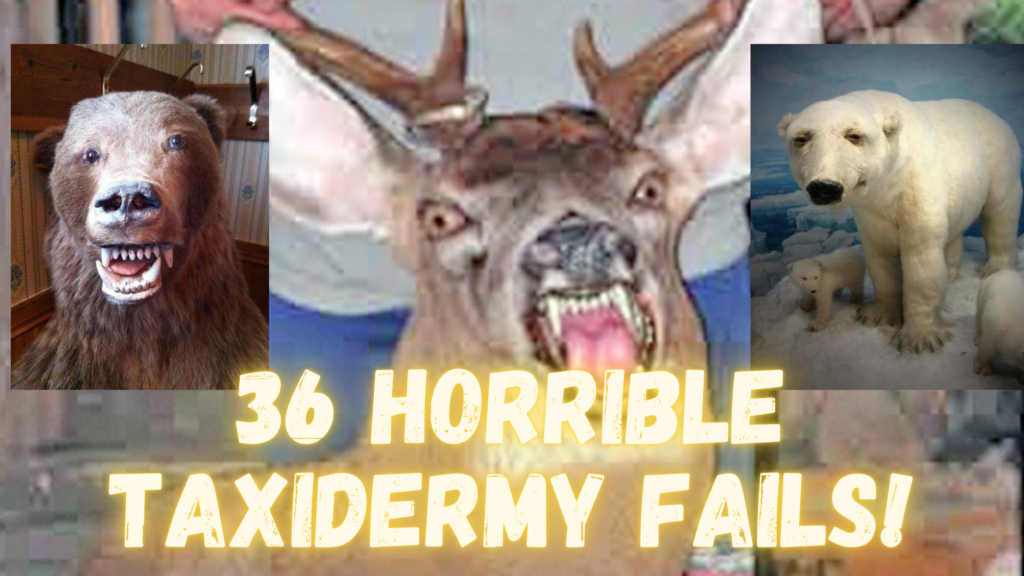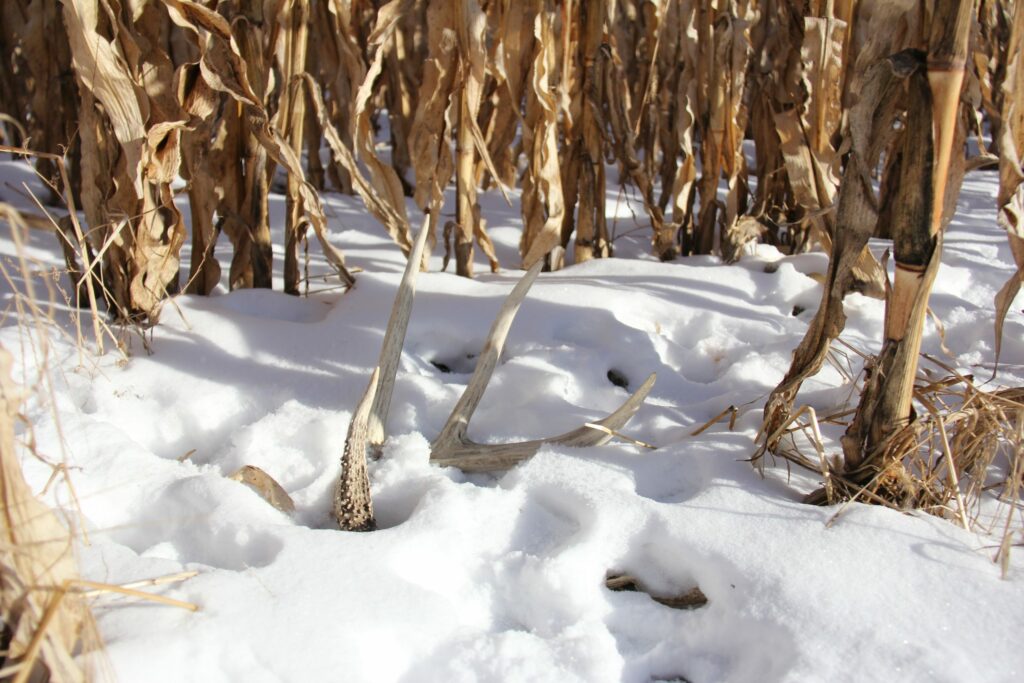36 Bad Taxidermy Fails

This collection of horrible taxidermy mounts will make you cringe!
Super Spots for Finding Shed Antlers

There are some high-percentage spots where bucks are likely to drop antlers each year. Look in these locations during late winter to own more bone. By Bernie Barringer I found my first whitetail shed by accident in the late 1970’s. That shed kindled a spark in me that would grow through time. I have had some great fun shed hunting with family and friends and I can tell some rather bizarre stories to accompany some of the sheds I own. Back in the 1980s I put a huge amount of time and energy into looking for sheds. I would wait until the snow melted off, then spend hours walking through areas in which I knew whitetails would winter. I picked up some really nice sheds and some matched sets; and even two matched sets of bucks that would make the B&C record book. But things changed as shed hunting became more popular. Up until that point, I didn’t know of anyone else who was really serious about shed hunting and I never saw anyone else out looking for them. One day I was walking through a state park in Iowa, slowly moving down a well-used deer trail where a large herd of deer had wintered. I came to the top of a hill and spotted someone coming up the trail towards me. It was another shed hunter and he had the match to the shed I held in my right hand. I knew things would never be the same from that point on and I was right. From that point forward, I didn’t wait until all the sheds were on the ground before beginning my hunt, I began to hunt for them as soon as they started dropping. It seems like I have seen a dozen magazine articles explaining that looking for sheds in late winter can help you shoot the buck that dropped those sheds when fall comes. Frankly, I think that’s a real stretch. While whitetails may retain much of their bedding and feeding areas through the winter in the southern US, that’s not the case in the northern half of the US and Canada, where cold, snowy winter weather causes the deer to bunch up around the available food. My primary motivations for shed hunting are simply because it’s fun and great exercise. You don’t have to hunt shed antlers with the goal of gathering information about a particular buck in order to shoot that buck. Hunting shed antlers is a sport unto itself. I consider any information I gather purely a bonus. Allow me to offer some tips from a lifetime of experience that will help you find and appreciate the amazing shed antler. Forget about Home Ranges Because I started hunting shed antlers for the sake of the antlers themselves, I didn’t have any preconceived notions about their importance to my deer hunting. I believe that the connection between where you find the buck’s sheds and where you are likely to shoot that buck the following deer season is way overrated. This is particularly true where I live in the upper Midwest, where winter weather and available food dictate deer behavior and location. The second largest matched set I found was found in Northern Iowa, more than five miles from where a friend shot the buck the following year. It missed making the Boone & Crockett book by less than an inch. Deer need to eat every day, and they will go where the food is. In the winter when the antlers are dropping, the food may be miles away from where that buck spends the majority of his time in the fall. Which leads us to #2. Find the Food Wintering whitetails need high carbohydrate foods and they need them every day. Find the food and you will find the sheds. Remember the Mantra that finding sheds is all about the food. Figure out where the deer are feeding and then spend the majority of your time divided between their feeding and bedding areas. The antlers are more likely to fall off when they are feeding because they are moving about. Corn, soybeans, milo, wheat, turnips and other food plots are key to the winter whereabouts of whitetails. Anywhere acorns have not been cleaned up by late winter can be golden. Pay special attention to the windswept hilltops both in farm areas and in the hardwoods. Snow blows off the hilltops and any lost grain from farming operations will be more accessible there. The big set of matched Iowa sheds I mentioned earlier? I found one side on top of a hill in the soybean stubble and the other side in a thick farm grove 200 yards away. Winter Bedding Cover: Thermal and Solar There are two kinds of areas in which bucks tend to bed during the winter. Solar bedding areas are the south sides of slopes that are somewhat open and allow the deer to bed in areas where the sun can warm them during the day. Thermal cover is the thickest, nastiest stuff they can find which they will use during cold, cloudy, windy and stormy weather. If you find these types of bedding areas within a short distance of a good food source, and you have a good number of bucks in the area, finding sheds could be like picking up Easter Eggs. You’ve hit the jackpot. Connect the Dots Of course the deer need to travel between the bedding areas and the food. Trails will develop between these areas and the obvious sign is easy to find and follow. The more snow the better. Get out early before the snow melts and find these trails for later use. A lot of sheds can be found on these connecting trails. Pay special attention to the areas where they have to jump over fences or downed logs, climb steep creek banks, etc. These areas tend to jar the sheds loose. Look for the Other Side Antlers occasionally fall of together,
